Japan released a set of commemorative stamps on Thursday to mark the 50th anniversary of the normalization of diplomatic relations between Japan and China, with pictures of giant pandas eating bamboo surrounded by crimson peonies and pale pink cherry blossoms.
Issued by Japan Post, the two stamps share a similar design featuring the ink wash painting style. One stamp shows a picture of a pair of adult giant pandas and the other depicts an adult giant panda with a pair of adorable giant panda cubs.
Akira Tamaki, designer of this set of stamps and chief stamp designer at Japan Post Co. Ltd., introduced his design concept to Xinhua recently.
In September 1972, Japan and China normalized their diplomatic relations, and about a month later, two giant pandas Kang Kang and Lan Lan arrived at the Ueno Zoo in Tokyo, setting off an unprecedented "panda craze" in Japan, Tamaki said.
Since then, Japan and giant pandas have formed an indissoluble bond, Tamaki said. "It is considered a symbol of the normalization of Japan-China diplomatic relations."
The cultural exchange between Japan and China has a long history, said Tamaki, noting that the ink wash painting applied in the design of this stamp set was originally a representative painting technique in China, and it was later passed on to Japan, where it also gained considerable development.
Nowadays, the ink wash painting has become a common culture between Japan and China, and is very suitable to represent the significant 50th anniversary of the normalization of Japan-China diplomatic ties, Tamaki said.
Surprisingly, Tamaki, who had never done ink wash paintings before, taught himself from scratch in order to make the stamps. At first, he thought the ink wash painting was not difficult to learn, but soon after, he found it far more complex than he expected, and in fact unendingly miraculous and mysterious.
"There are many kinds of paper both in Japan and China," Tamaki said. "You need to try a lot before identifying the most suitable one. So I bought many different kinds of paper and ink, and observed the ink color and the effusion effect on different papers."
After nearly a thousand tests, Tamaki finally chose Red Star brand paper made in China and ink from Japan's Nara Prefecture.
It took Tamaki four months to finalize the design, and he said all efforts were well worth it. "This set of stamps is a joint work of Chinese paper and Japanese ink, also an epitome of the cultural exchanges between Japan and China."
The commemorative stamps are Tamaki's first Chinese-related work in nearly 30 years of stamp design. Through the design process, he experienced the breadth and depth of the culture nurtured by China and Japan, and no matter how the times change, this common culture between Japan and China will never change, Tamaki said.
"I hope this set of stamps will promote friendship between Japan and China," he added.








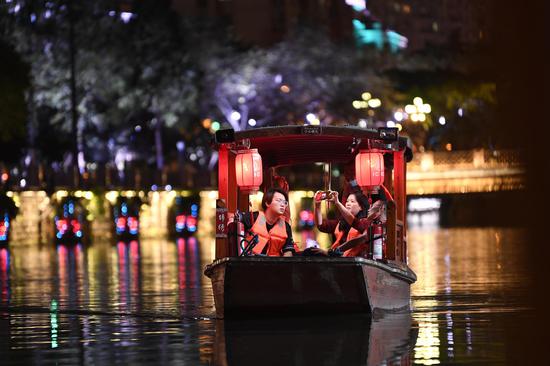

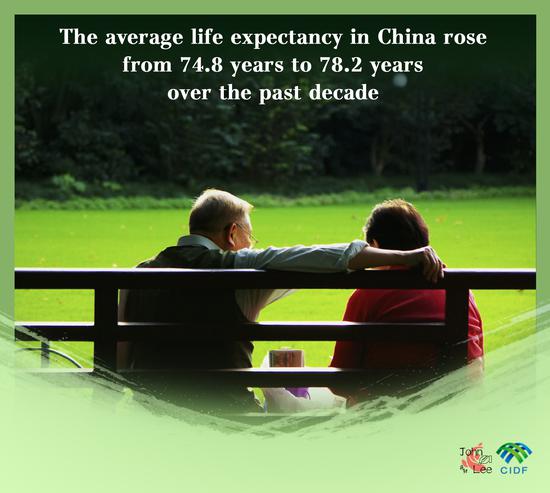


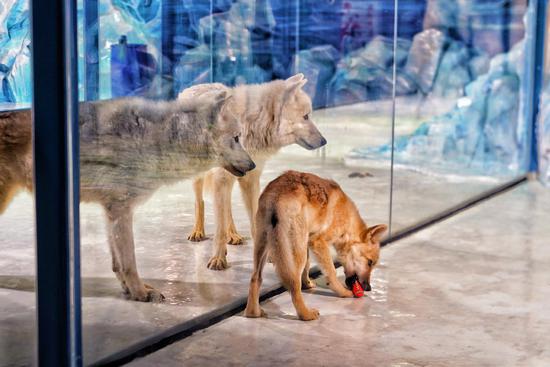



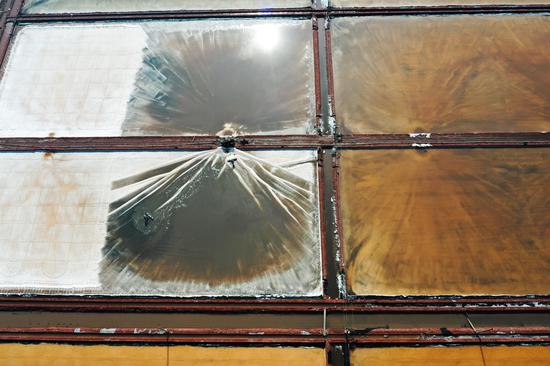



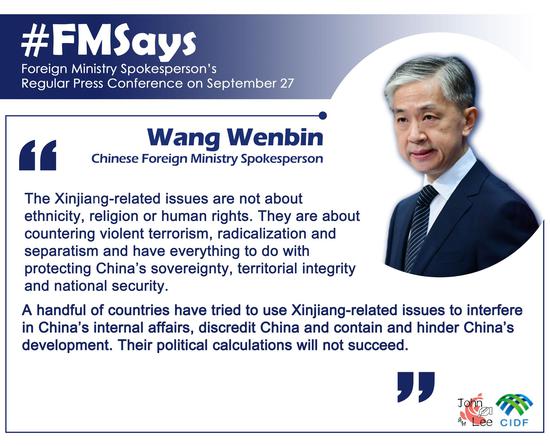





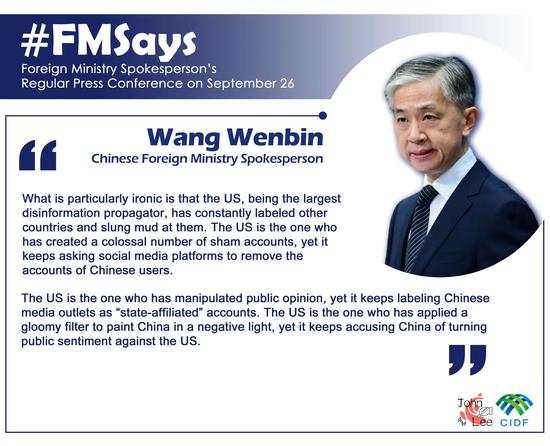




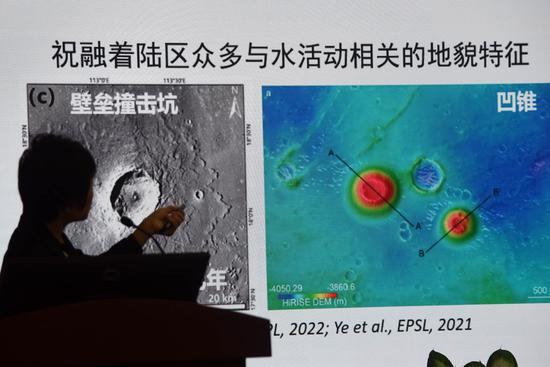
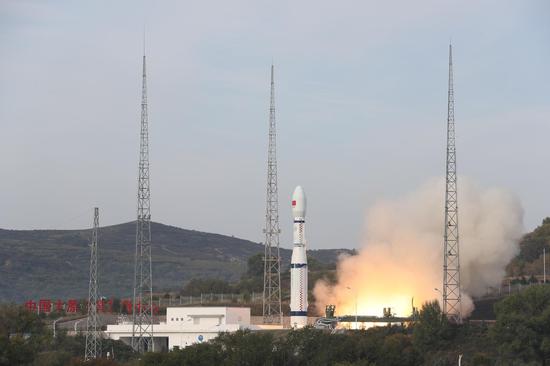



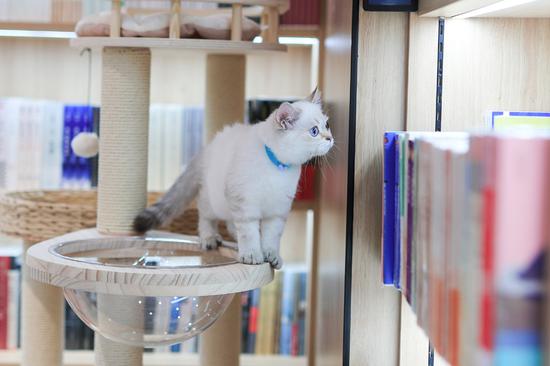

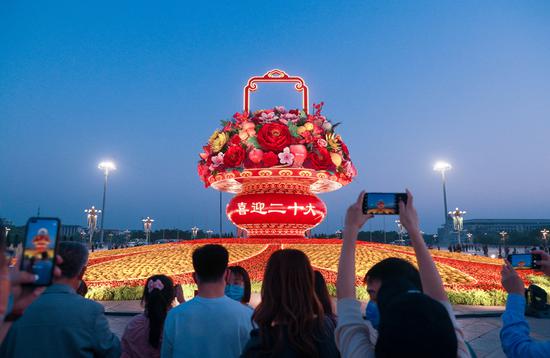

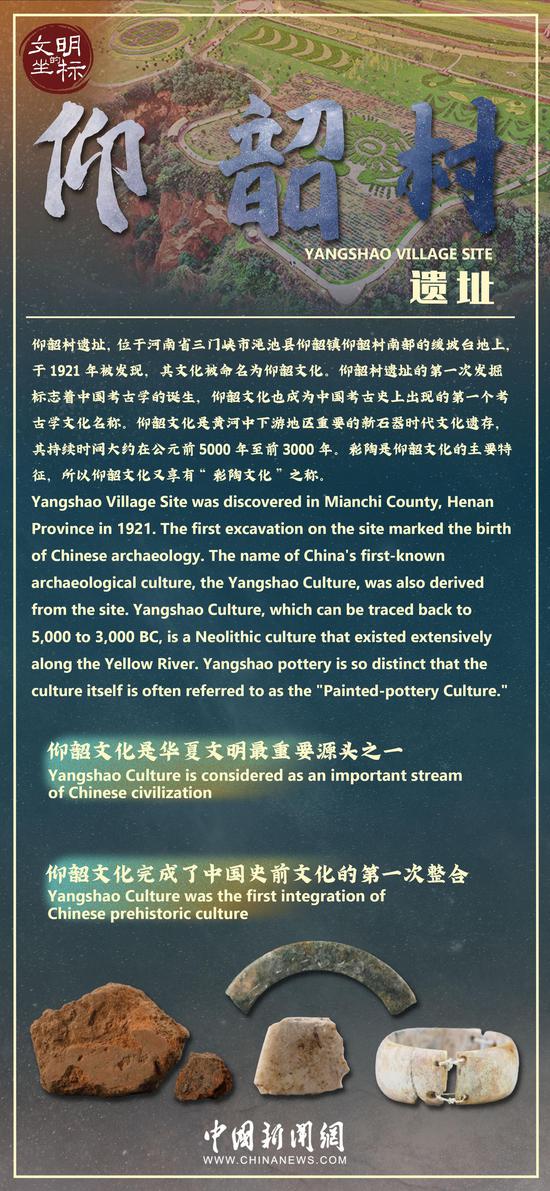


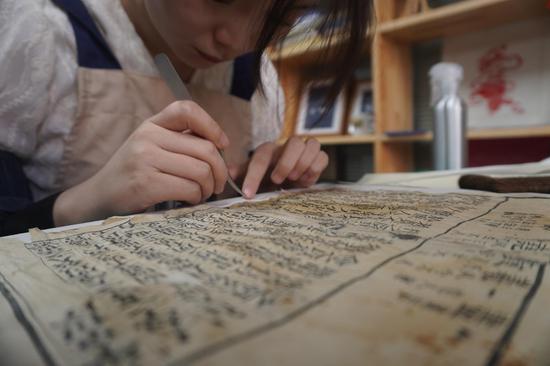





 京公网安备 11010202009201号
京公网安备 11010202009201号